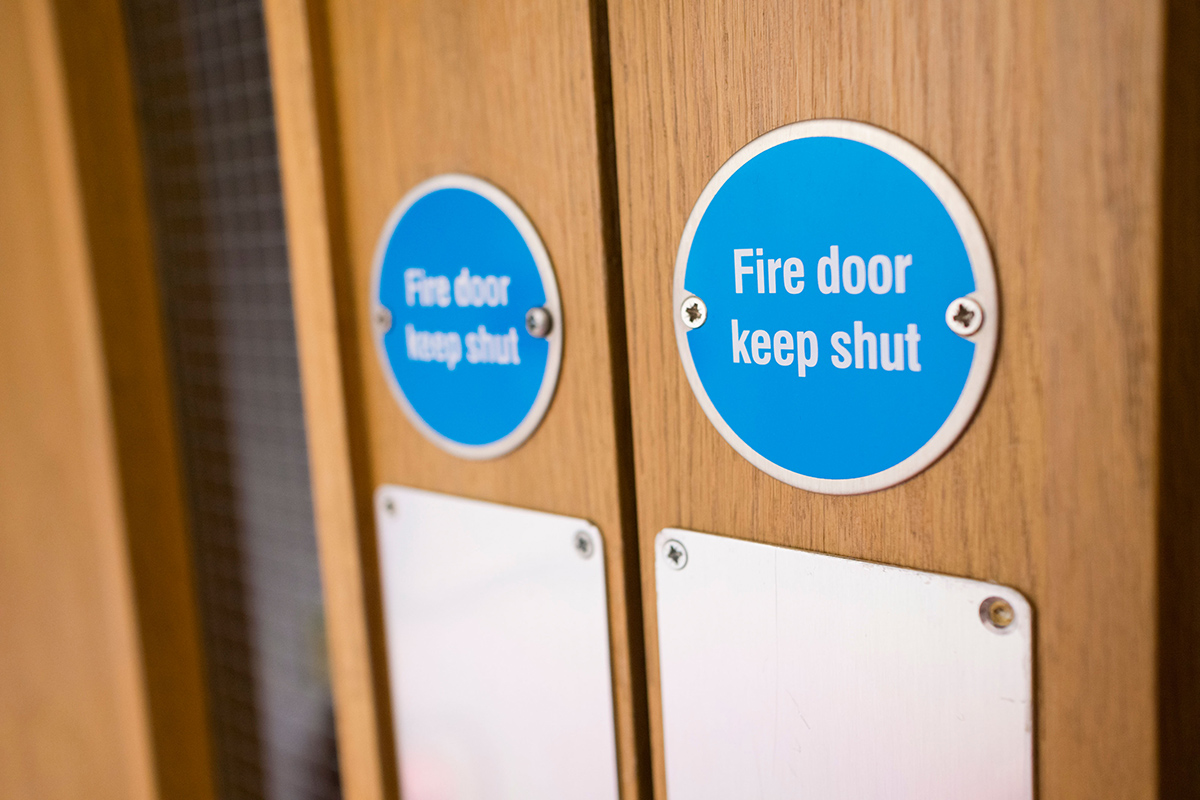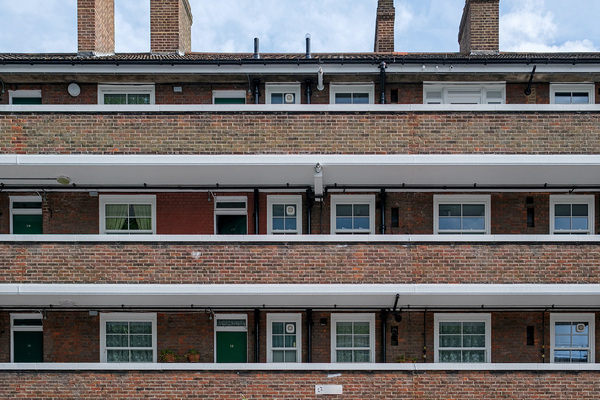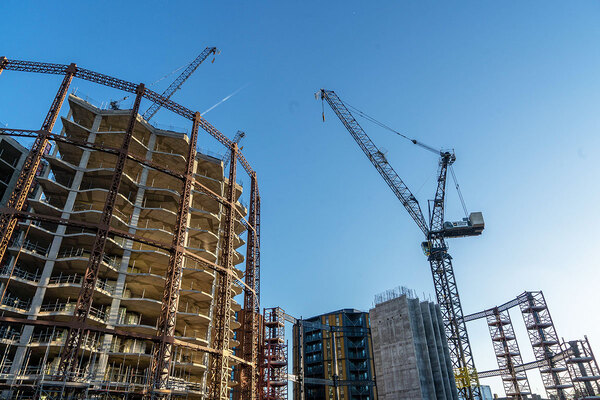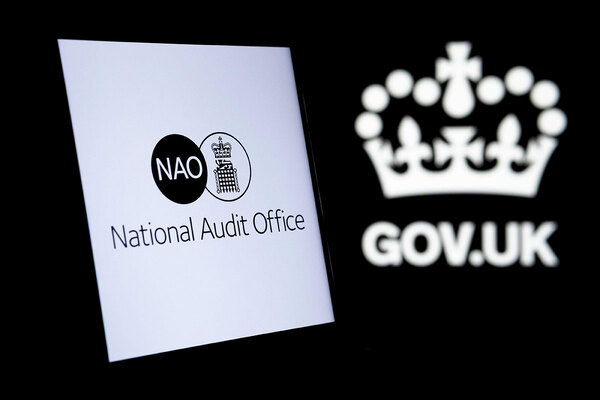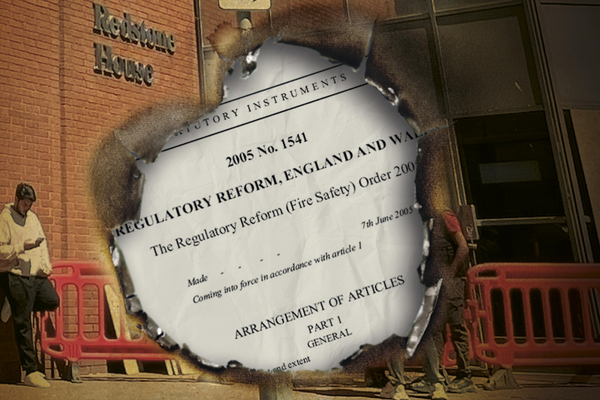Gentoo will demolish three large panel system blocks in Sunderland
North East housing association Gentoo has made the “difficult decision” to demolish three tower blocks in Sunderland’s east end that were built using the large panel system (LPS) construction method.
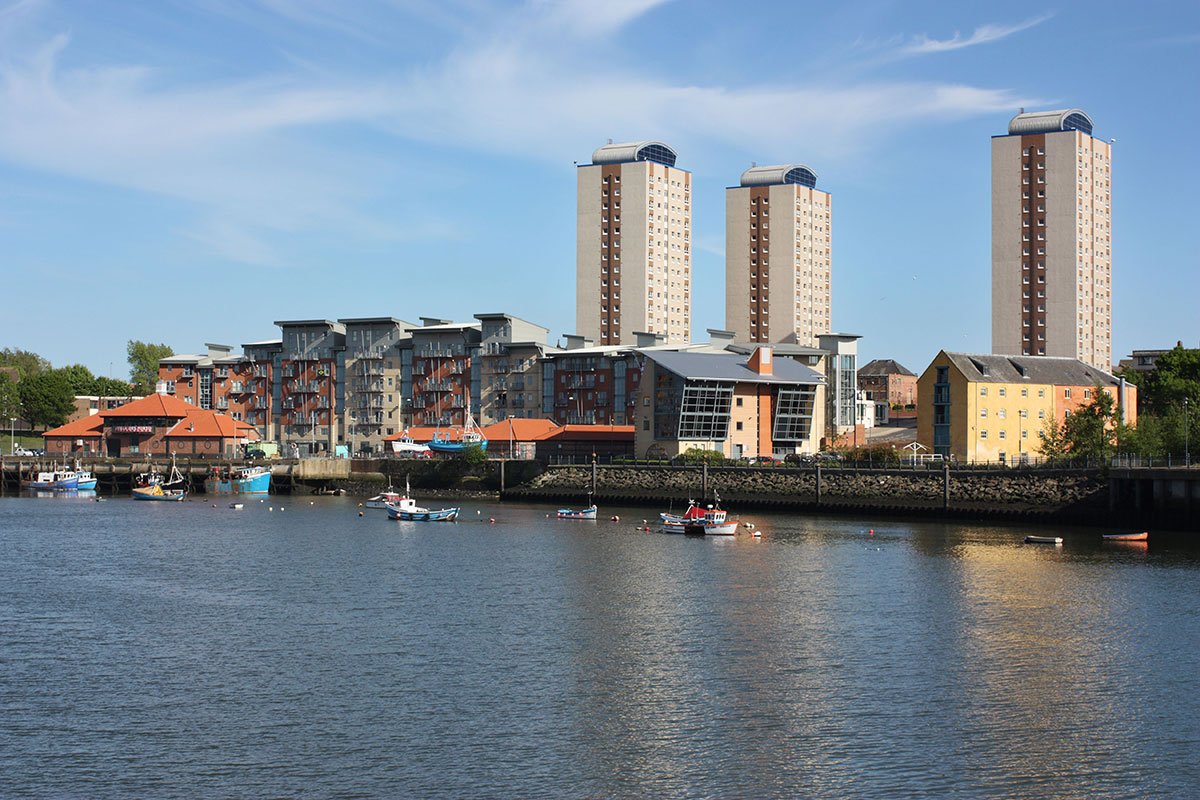
Residents living in the Lambton, Londonderry and Lumley high rises near the River Wear were told last week that their homes would be taken down to avoid the “significant cost” of strengthening the blocks.
The blocks contain a total of 214 flats. Gentoo said it will help its 158 tenants and an additional 17 tenants on short-term lets find new properties, with an aim to rehouse everyone by May 2027.
It comes after surveys of the buildings known as the ‘three Ls’ found that due to their construction method, any major impact such as an explosion could cause significant structural damage.
Gentoo considered remediating the blocks, however its consultation with residents stated that this could take up to three years and cost £15m per building. The landlord said it would also need to spend an additional £5m on fire safety works.
Earlier this year Inside Housing visited one of the condemned Sunderland blocks, Londonderry House, to speak to residents and Gentoo staff about the dilemma of whether to demolish or remediate buildings of this type.
Marc Edwards, executive director of property at Gentoo, said: “Following this six-week statutory consultation with customers living in the Lambton, Londonderry and Lumley towers, we have made the difficult decision to demolish these buildings.
“We did not take this decision lightly. Our priority throughout this consultation has been to support our customers, as we understand these buildings are their homes. We have committed to support every customer via a dedicated housing team, and all customers will be offered an alternative Gentoo home that suits their needs.”
It comes weeks after Brighton and Hove City Council also decided to demolish eight LPS blocks in the city due to safety concerns, in a move that will uproot more than 500 people.
There are an estimated 740 high rises across England built with LPS, a method of construction using pre-fabricated concrete slabs that became popular in the 1960s and 1970s.
The safety risks posed by LPS blocks have been raised since 1968, when an explosion blew out a slab on the 18th floor of Ronan Point in east London, triggering a partial collapse of the building and killing four people.
After the tragedy, building owners were told to strengthen their blocks to ensure they could withstand a gas explosion, but in many cases this work was not done.
Earlier this year, a Freedom of Information request by Inside Housing revealed that 202 LPS buildings have both a gas supply and no record of strengthening works having taken place.
As “higher-risk” buildings, these will be among the first tranche of buildings called by the Building Safety Regulator (BSR), which is prioritising LPS blocks for inspection under its new safety regime.
Under the Building Safety Act 2022, tower block owners are now legally required to prepare a ‘building safety case’ for the property, which is then called in for assessment. If it is deemed safe, the regulator issues a Building Assessment Certificate.
So far, the BSR has given four decisions on LPS buildings. Three have been refused and one approved.
Across Lambton, Londonderry and Lumley there are 175 occupied homes, 158 of which are occupied by Gentoo tenants. According to the landlord, residents will be placed in ‘Band 1+’, its highest-priority banding for people bidding on a home.
Bids will be ranked based on continuous tenancy length, with those who have been Gentoo customers the longest receiving priority.
Mr Edwards added: “We have been open and honest with customers about the required levels of investment and ongoing disruption to remediate these blocks and we transparently shared the available options and costs with them.
“We are here to listen, to help, and are committed to supporting our customers through this process.”
Sign up to the Residential Building Safety Summit 2025
The Residential Building Safety Summit aims to help professionals in design, construction and building control to comply with building safety regulations and manage fire risks.
An in-depth content programme will address the latest regulatory requirements, provide updates on the government’s remediation acceleration plan, and discuss strategies for ensuring residents are safe in their homes.
Sign up to our building and fire safety newsletter
Sign up to our new revamped building and fire safety newsletter, now including a monthly update on building safety from Inside Housing contributing editor Peter Apps.
Already have an account? Click here to manage your newsletters.
Latest stories

